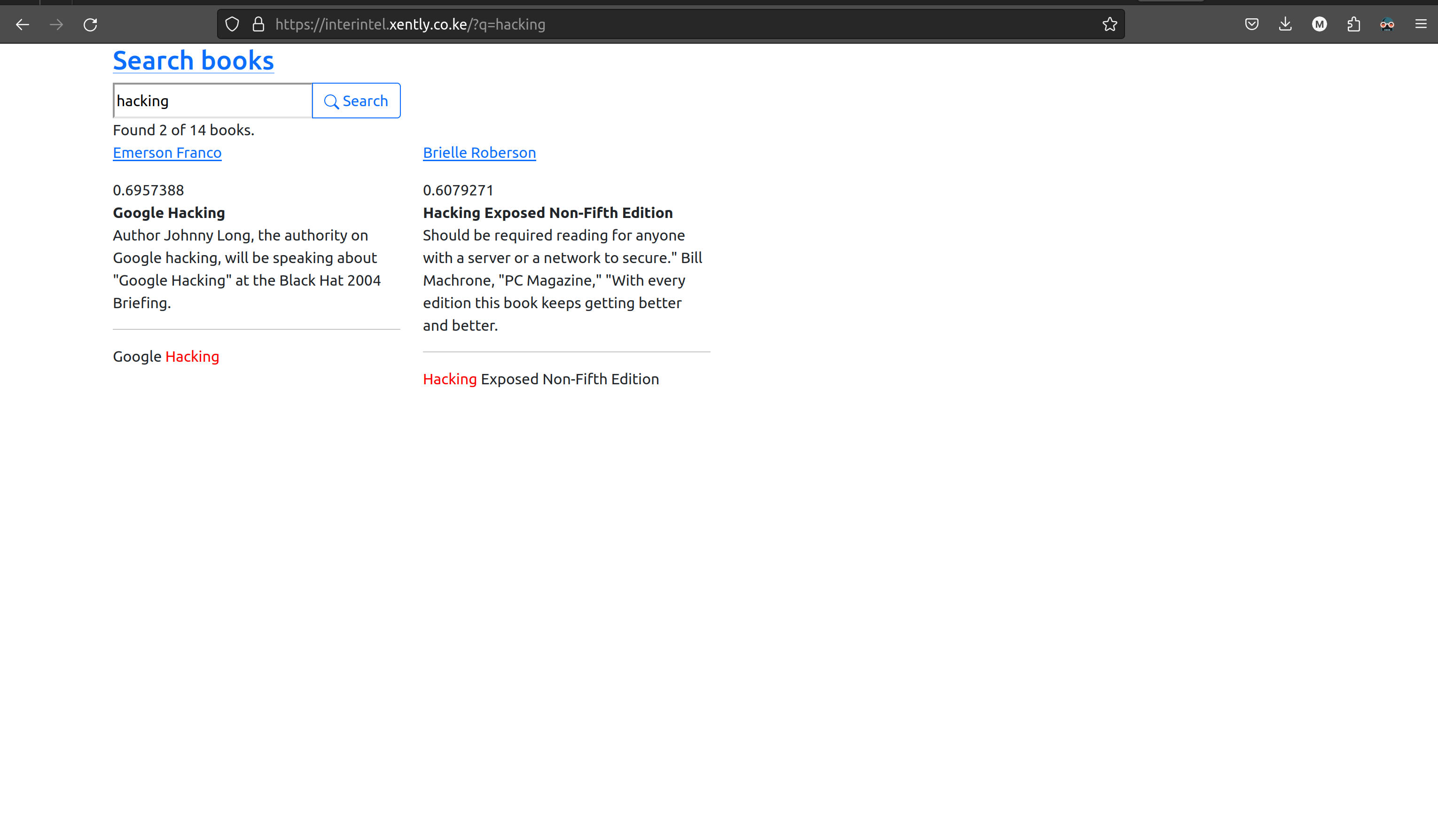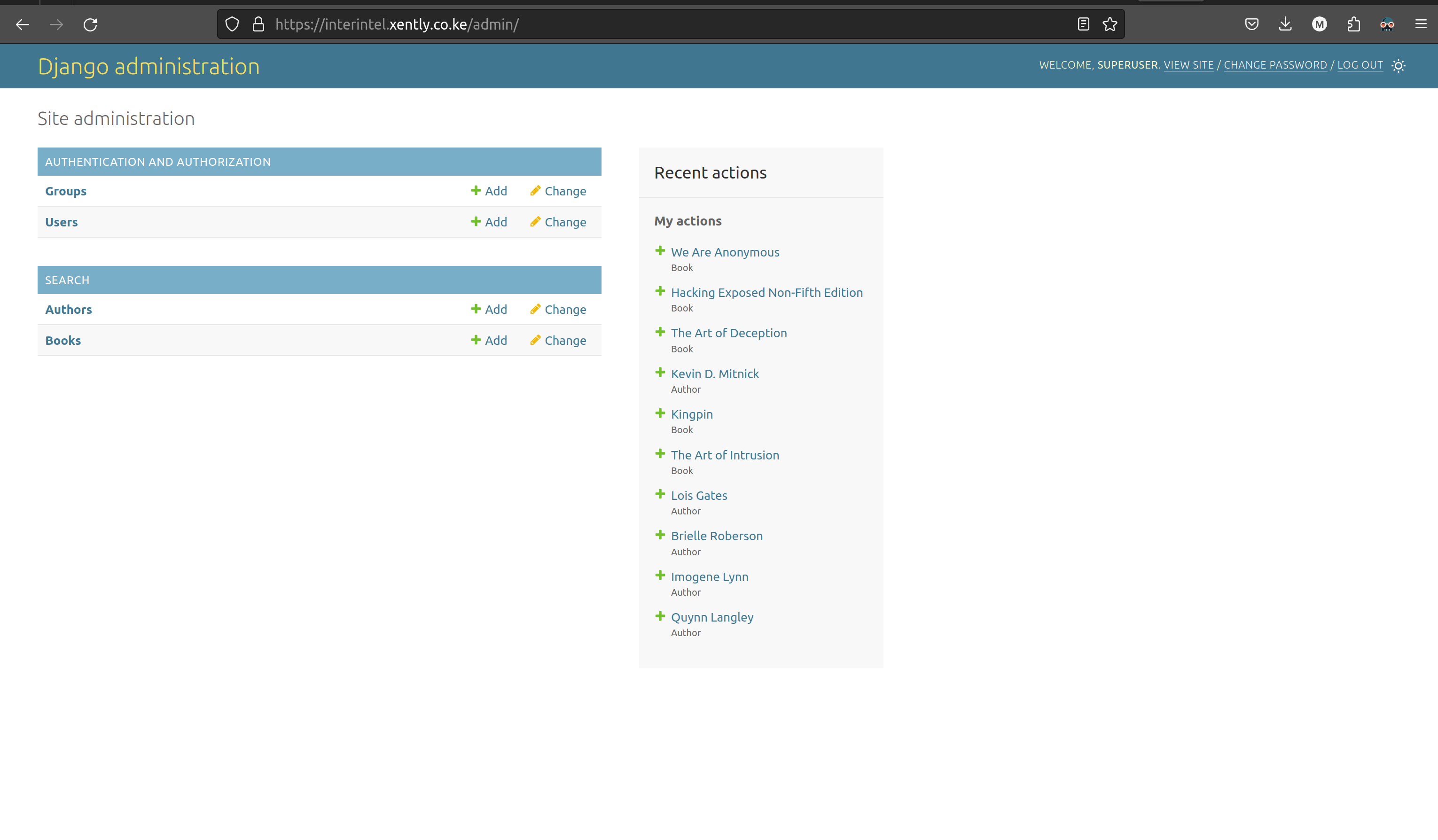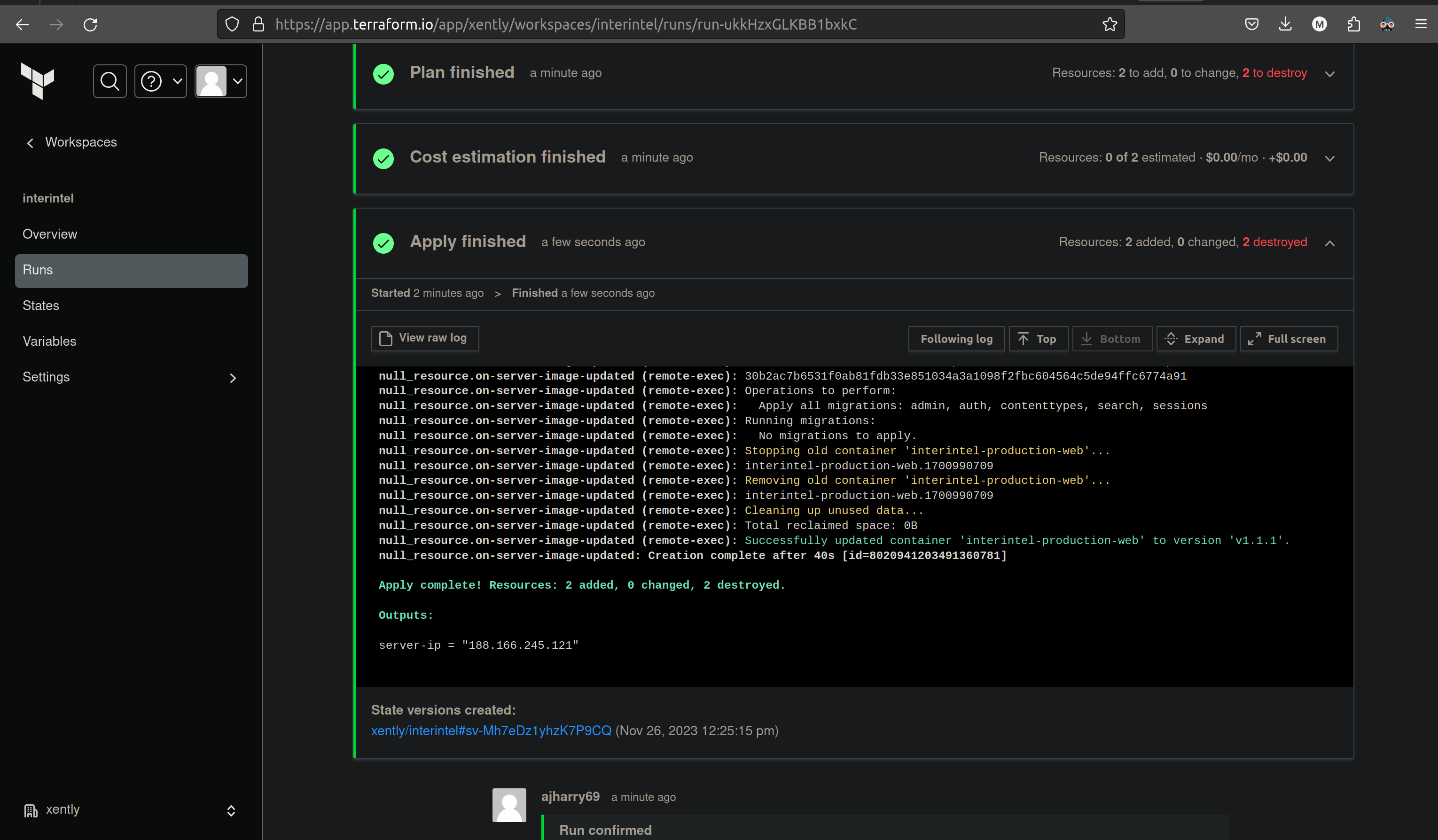Give examples of different integration protocols you have come across and give example scripts in python 3 on how to achieve each one.
REST (Representational State Transfer) is a set of architectural principles for designing networked applications. It is a widely used protocol for integrating with external systems and services.
Example script in Python 3 to make a REST API call using the requests library:
import requests
url = 'https://httpbin.org/basic-auth/user/pass'
response = requests.get(url, auth=('user', 'pass'))
if response.status_code == 200:
data = response.json()
print(data)
else:
print("Error:", response.status_code)AMQP is a messaging protocol that supports reliable and asynchronous messaging between applications.
Example script in Python 3 to publish and consume messages using the pika library:
import pika
connection = pika.BlockingConnection(pika.ConnectionParameters(host="localhost"))
channel = connection.channel()
channel.queue_declare(queue="my-queue", durable=True)
def callback(ch, method, prop, body):
print("Received message:", body.decode("utf-8"))
ch.basic_ack(delivery_tag=method.delivery_tag)
channel.basic_consume(queue="my-queue", on_message=callback)
channel.start_consuming()Give a walkthrough of how you will manage a data streaming application sending one million notifications every hour while giving examples of technologies and configurations you will use to manage load and asynchronous services
Managing a data streaming application that sends one million notifications per hour requires a robust and scalable infrastructure to handle the high volume of messages and ensure reliable delivery. Here's a walkthrough of the approach:
-
Data Ingestion:
- Implement a scalable data pipeline to ingest the data from its source. Utilize message queues like Apache Kafka to buffer and handle spikes in data volume.
-
Data Processing and Notification Generation:
- Employ a distributed processing framework like Apache Spark to process the ingested data in parallel, enabling efficient notification generation.
- Utilize task parallelism and partitioning to distribute the workload across multiple machines, ensuring high throughput.
-
Notification Delivery:
- Implement a reliable notification delivery mechanism using push notifications or asynchronous messaging services like Google/Firebase Cloud Messaging.
- Employ batching strategies to send notifications in batches, reducing the overhead of individual message delivery.
-
Monitoring and Alerting:
- Establish comprehensive monitoring and alerting systems to track key performance indicators (KPIs) such as message latency, delivery rates, and error rates.
- Utilize tools like Grafana or Prometheus to visualise metrics and set up alerts to proactively identify and address potential issues.
-
Autoscaling and Fault Tolerance:
- Implement autoscaling mechanisms to dynamically adjust the number of processing units based on real-time demand.
- Utilize cloud-based infrastructure and services for automatic resource provisioning and fault tolerance.
-
Asynchronous Services and Microservices Architecture:
- Employ an asynchronous microservices architecture to decouple the components of the data streaming application.
- Utilize asynchronous messaging patterns to exchange messages between microservices, ensuring loose coupling and scalability.
Example Technologies and Configurations:
-
Data Ingestion:
- Apache Kafka: Set up multiple Kafka brokers to handle the high volume of messages. Configure partitions and replication to ensure fault tolerance and scalability.
-
Data Processing and Notification Generation:
- Apache Spark: Configure Spark Streaming to process data streams in real-time. Utilize Spark SQL for data transformations and notification generation.
-
Notification Delivery:
- Google/Firebase Cloud Messaging (G/FCM): Utilize FCM to send push notifications to mobile devices or applications. Configure topic subscriptions and notification delivery policies.
-
Monitoring and Alerting:
- Grafana: Set up Grafana dashboards to visualize metrics from Kafka, Spark, and notification delivery services.
- Prometheus: Utilize Prometheus to collect and expose metrics from various components of the data streaming application.
-
Autoscaling and Fault Tolerance:
- Kubernetes: Implement Kubernetes to manage the deployment and scaling of microservices. Utilize autoscaling rules to adjust container replicas based on resource utilisation.
Give examples of different encryption/hashing methods you have come across (one way and two way) and give example scripts in python 3 on how to achieve each one.
One-way encryption is a type of encryption where data can be encrypted but not decrypted. This is often used to protect passwords and other sensitive information.
- MD5 (Message Digest 5): MD5 is an older hashing algorithm that is no longer considered secure. However, it is still widely used for legacy applications.
- SHA-256 (Secure Hash Algorithm 2, 256 bits): SHA-256 is a more secure hashing algorithm than MD5. It is commonly used to hash passwords and other sensitive information.
Example script in Python 3 for one-way encryption using SHA-256:
import hashlib
def hash_content(content):
hasher = hashlib.sha256()
hasher.update(content.encode('utf-8'))
return hasher.hexdigest()
password = "mypassword"
hashed_password = hash_content(password)
print(hashed_password)Two-way encryption is a type of encryption where data can be both encrypted and decrypted. This is often used to protect sensitive data that needs to be stored and transmitted securely.
- AES (Advanced Encryption Standard): AES is a symmetric encryption algorithm that is considered to be very secure. It is commonly used to encrypt data that needs to be stored on disk or transmitted over a network.
- RSA (Rivest-Shamir-Adleman): RSA is an asymmetric encryption algorithm that is commonly used to secure digital communications.
Example script in Python 3 for two-way encryption using AES, based on pycryptodome library:
from Crypto.Cipher import AES
from Crypto.Random import get_random_bytes
def encrypt(key, plaintext):
cipher = AES.new(key, AES.MODE_EAX)
ciphertext, tag = cipher.encrypt_and_digest(plaintext.encode("utf-8"))
with open("encrypted.bin", "wb") as file_out:
for x in (cipher.nonce, tag, ciphertext):
file_out.write(x)
return file_out.name
def decrypt(key, encrypted_data_file):
with open(encrypted_data_file, "rb") as file_in:
nonce, tag, ciphertext = [file_in.read(x) for x in (16, 16, -1)]
# let's assume that the key is somehow available again
cipher = AES.new(key, AES.MODE_EAX, nonce)
data = cipher.decrypt_and_verify(ciphertext, tag)
return data.decode('utf-8')
key = get_random_bytes(16)
plaintext = "This is a secret message."
encrypted_data_file = encrypt(key, plaintext)
decrypted_plaintext = decrypt(key, encrypted_data_file)
print(decrypted_plaintext)Create a search and results page using Django and postgreSQL database. The Django application should be deployed on uwsgi/nginx webserver and NOT the development server. This should also be deployed on a red-hat based Linux environment or an alpine docker image container.
URL: https://interintel.xently.co.ke


Username: superuser Password: demoproject
The implementation of the search and results page, I used Django ORM implementation of PostgreSQL full text search engine.
The deployment was done automatically using:
- DigitalOcean: Cloud service provider.
- Terraform: For infrastructure provisioning and configuration.
- Docker hub: For hosting the publicly accessible docker image (ajharry69/interintel) of the product.
From the repositories rood directory.
To build and publish docker image of the product, there are shorthand make commands documented as follows:
- Build docker image:
make -f deploy/Makefile build_image tag="v1.1.1" - Build push docker image:
make -f deploy/Makefile push_image tag="v1.1.1" - Build and push docker image:
make -f deploy/Makefile build_and_push_image tag="v1.1.1"
- Initialize terraform:
terraform -chdir=./deploy/ init. - Provision and configure infrastructure:
terraform -chdir=./deploy/ apply -auto-approve.

